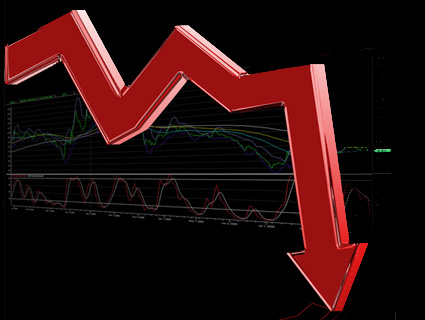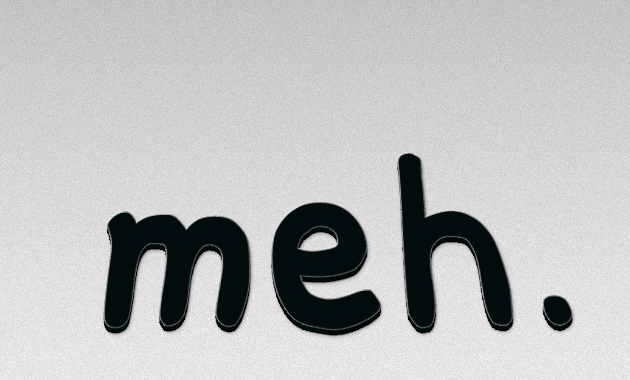Here’s a remarkable chart from EPI. Actually, no: Strike that. It’s true that in a normal world it would be remarkable, but in the world we live in it’s actually totally unsurprising. It illustrates the rise in  income inequality over the past three decades (top dark blue line), and as you can see, it’s been rising steadily. Totally unsurprising.
income inequality over the past three decades (top dark blue line), and as you can see, it’s been rising steadily. Totally unsurprising.
But then author Andrew Fieldhouse did another calculation. The middle blue line shows rising inequality after you account for taxes and transfers. But what if we had the same tax system we did in 1979? Well, inequality still would have gone up, but it would have gone up significantly less (bottom light blue line). In other words, during an era in which the rich were getting richer anyway, we deliberately set out to reduce their tax burdens so that they could become even richer.
Like I said, totally unsurprising. You knew this already. And yet, no matter how many different ways you illustrate this, it’s still pretty remarkable. Instead of trying to ameliorate the effects of a broad economic trend, we’ve done everything we possibly can to accelerate it. That includes tax policy, financial deregulation, trade policy, anti-labor policy, and much more. And since there’s approximately zero evidence that any of this has actually increased economic growth, it means that U.S. policy for the past 30 years has been aggressively dedicated to shifting income share away from the poor and middle class and into the pockets of the already rich.
Remarkable.

















